The man whose horse became a spaceship
Tilting at horizontal-axis utility-scale wind-driven electricity generators
19 May 2022
Alonso Quijano, aka The Man of La Mancha aka The Knight of the Sorrowful Face aka Knight of the Lions aka Don Quixote
Once upon a time I went to Spain so I took Don Quixote with me.
It’s a big tome to heave about; 940 pages in my version and it’s burdened with the freight of being a ‘classic’ so I thought I was in for a heavyweight read.
Instead it is elegant and sweet and much funnier than I expected from a novel written in 1605. Laugh out loud funny in some places. Don Quixote’s grandiloquent and florid speeches couched in courtly, elegant prose are sparkling fireworks of loveliness.
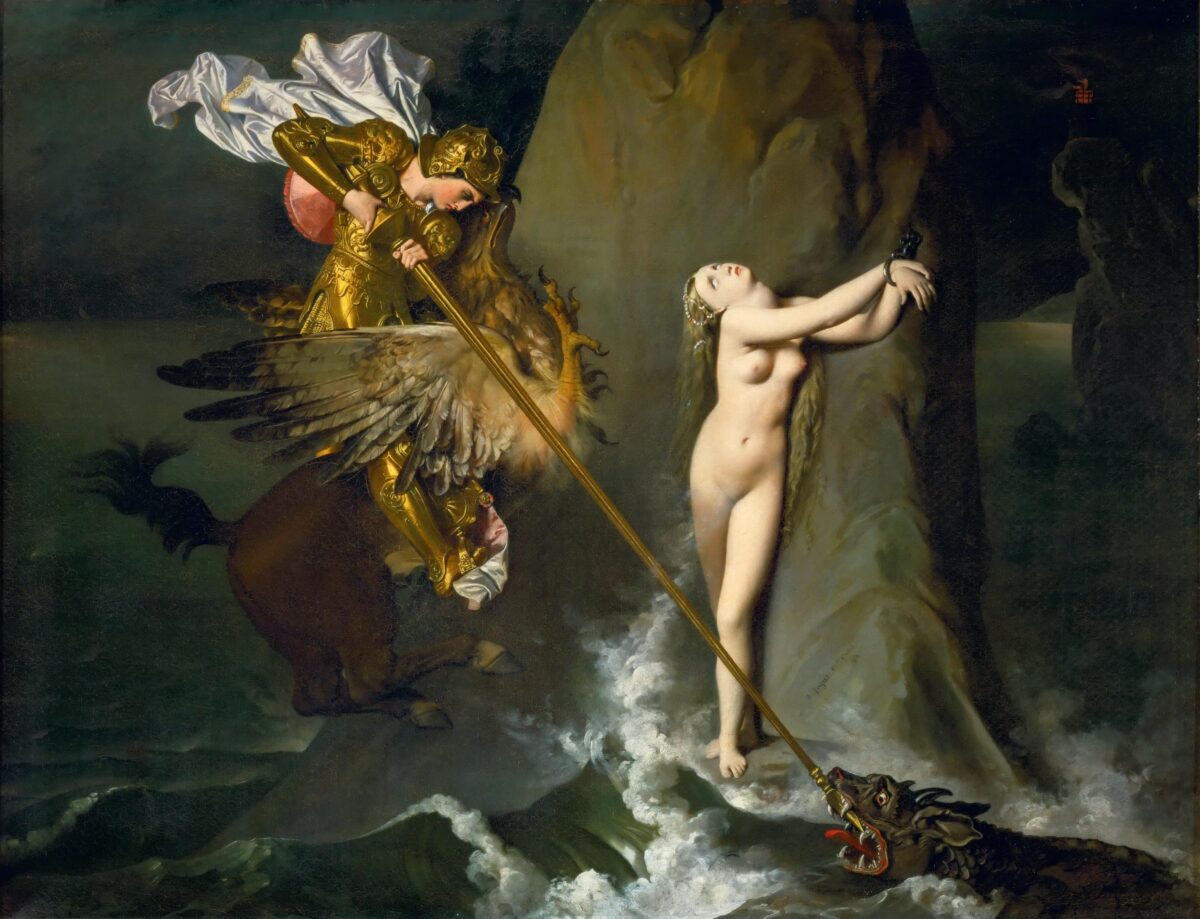
By way of contrast Sancho Panza puts the boots to Quixote’s chivalric fantasies in a workmanlike fashion with his deft and prodigious use of inappropriate proverbs.
Picasso saw them, perhaps more realistically, as a pair inseparable; one a knight, the other his squire but neither of them an oil painting.
Don Quixote's horse is called Rocinante, 'Old nag' and it's no thoroughbred either.
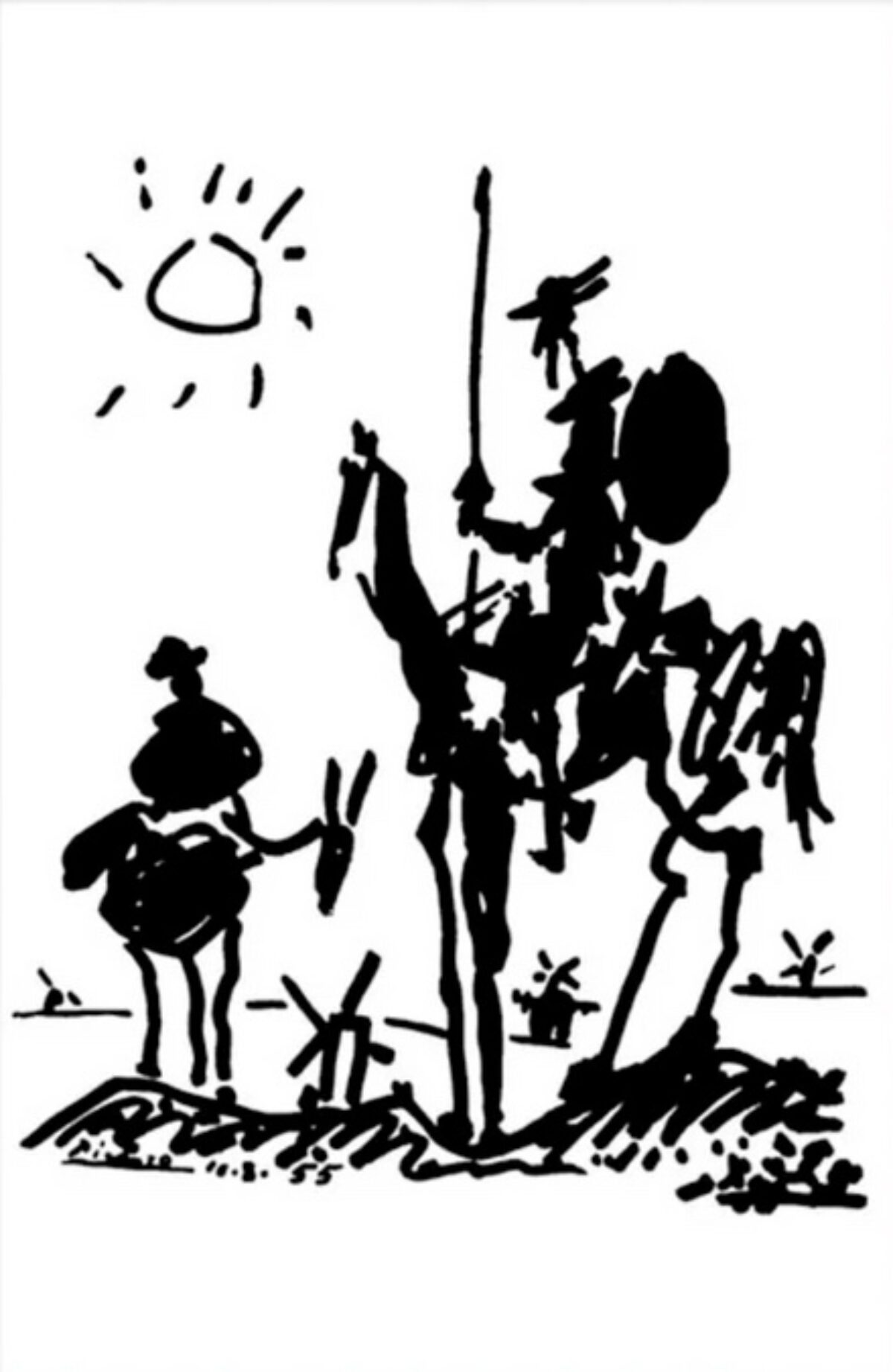
Another surprise was how meta the book is. Now I understand why it’s referred to as the foundation of modern literature. Once there were only stories and after Cervantes, there were stories about stories.
By the second half of the tale Quixote and Panza know they are in a book about themselves and they are writing their own history as they go.
Within the tale there’s also a ‘real’ history and a ‘false’ history of their exploits and Cervantes fiercely defends his version over the impostors. You could write a book about this book and many have.
Cervantes hoped that Don Quixote’s name would be remembered for centuries and he got his wish.
The old nag Rocinante makes an appearance 750 years later in 2360
In sci-fi series, The Expanse, Rocinante’s name is translated differently as ‘work horse’ and off they go, tilting at spaceships with their version of a lance; a big, pointy fu railgun.

So avaunt to Spain in the company of The Knight with the Sorrowful Face, Sancho Panza and Rocinante.
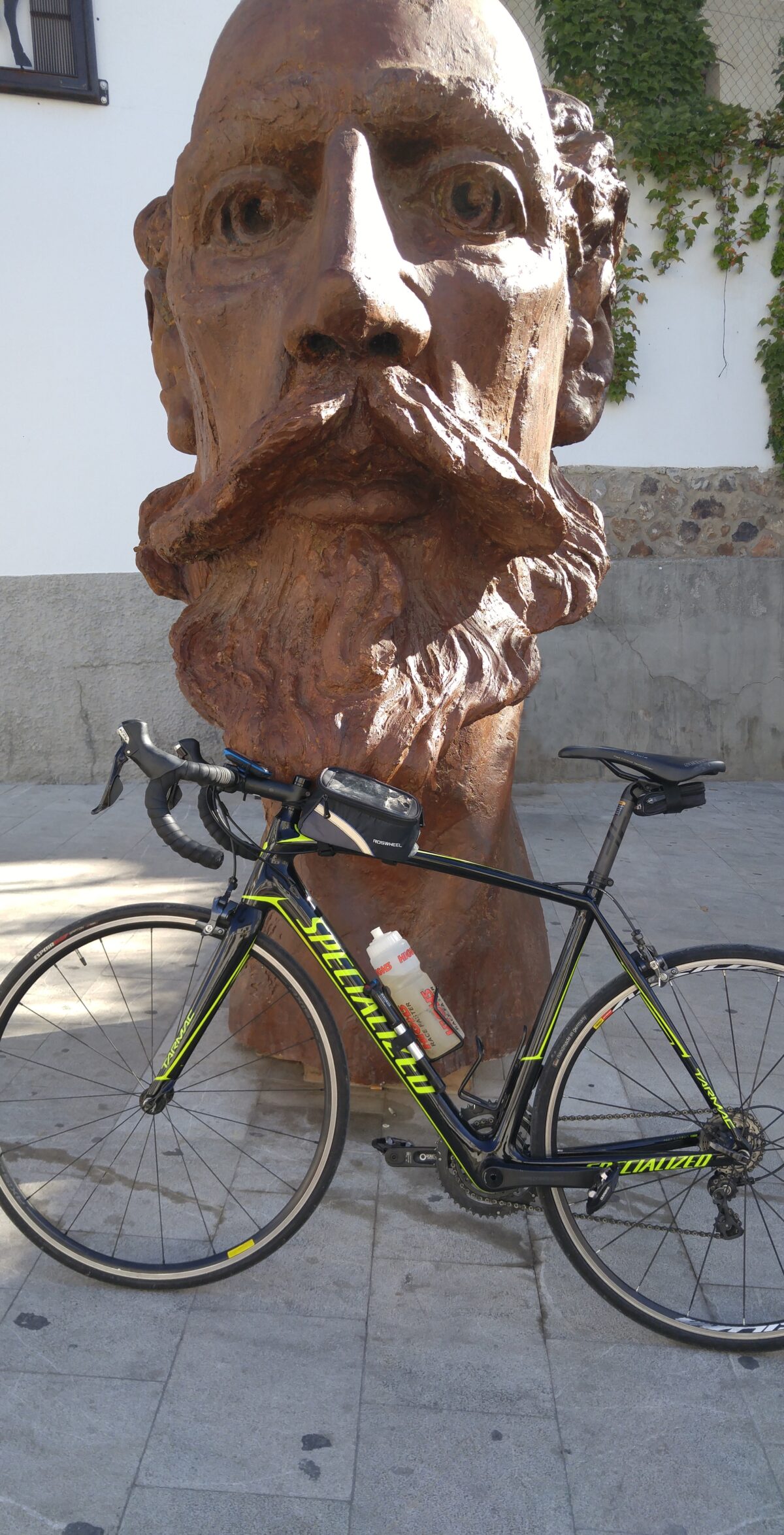
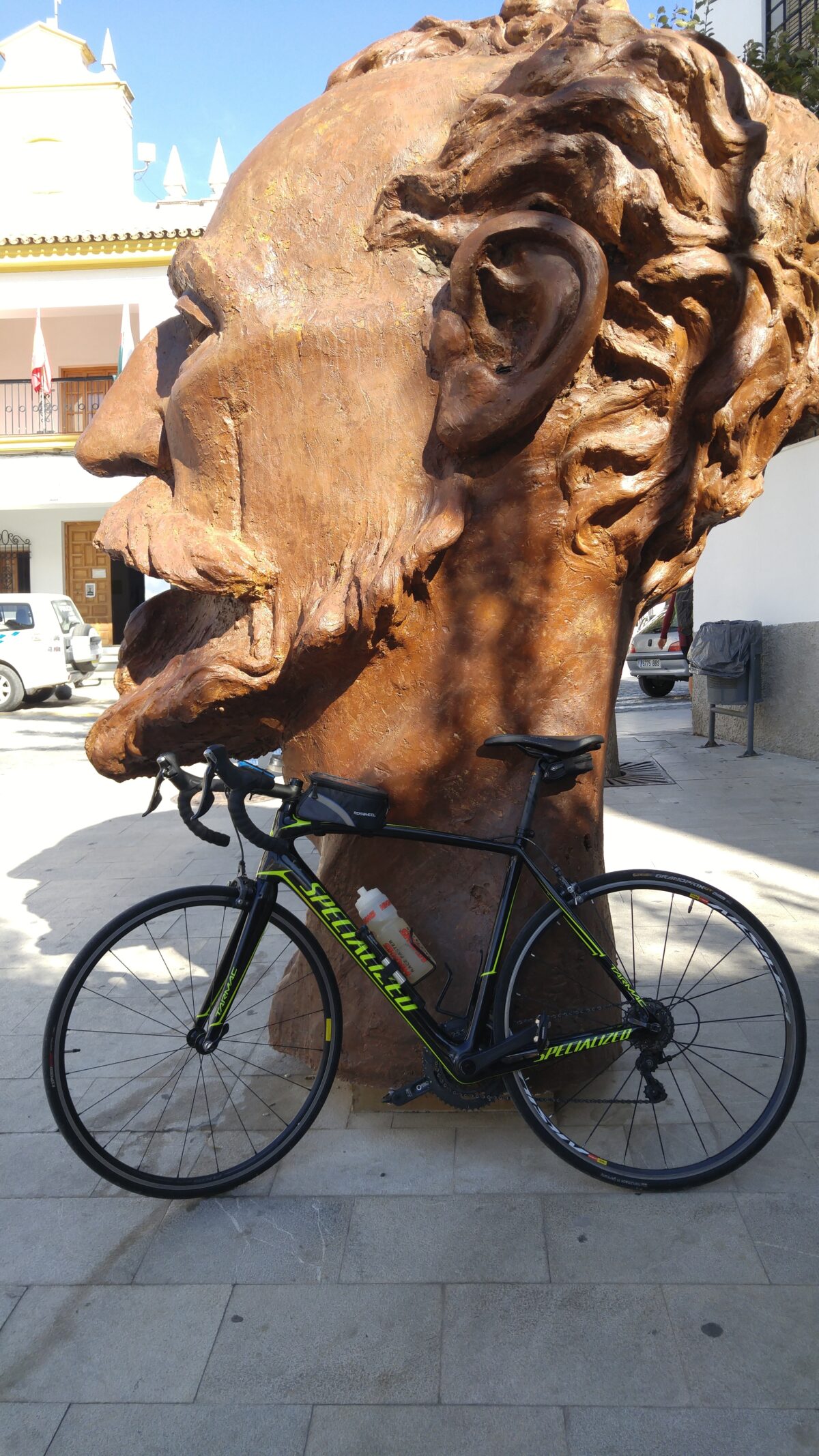
Then it was off to show Rocinante a windmill or two.
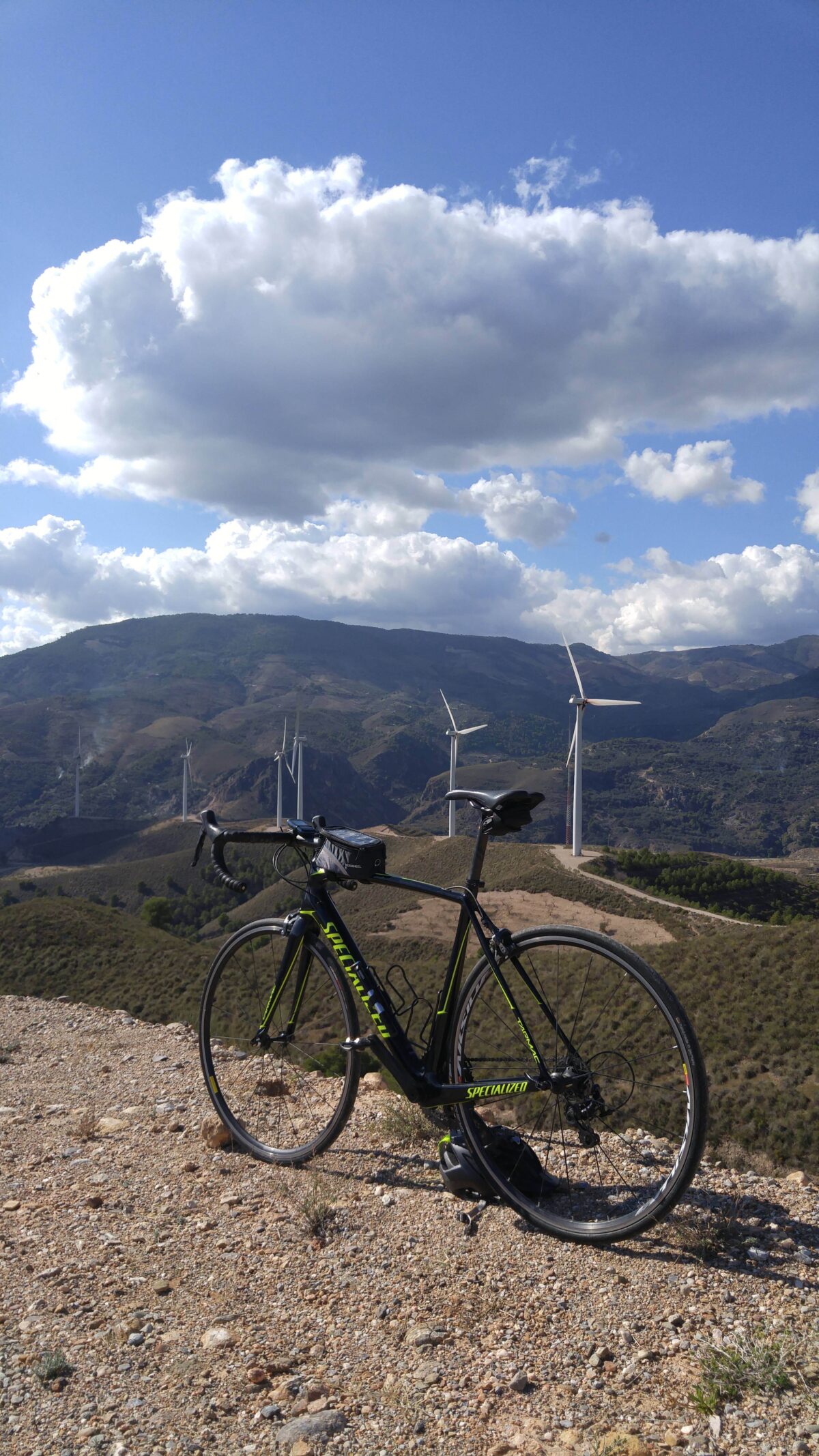
The tale ends with Don Quixote explaining himself;
That is the whole point … and therein lies the beauty of my enterprise. A knight errant going mad for a good reason – there is neither pleasure nor merit in that.
The thing is to become insane without a cause …